Efficient Irrigation
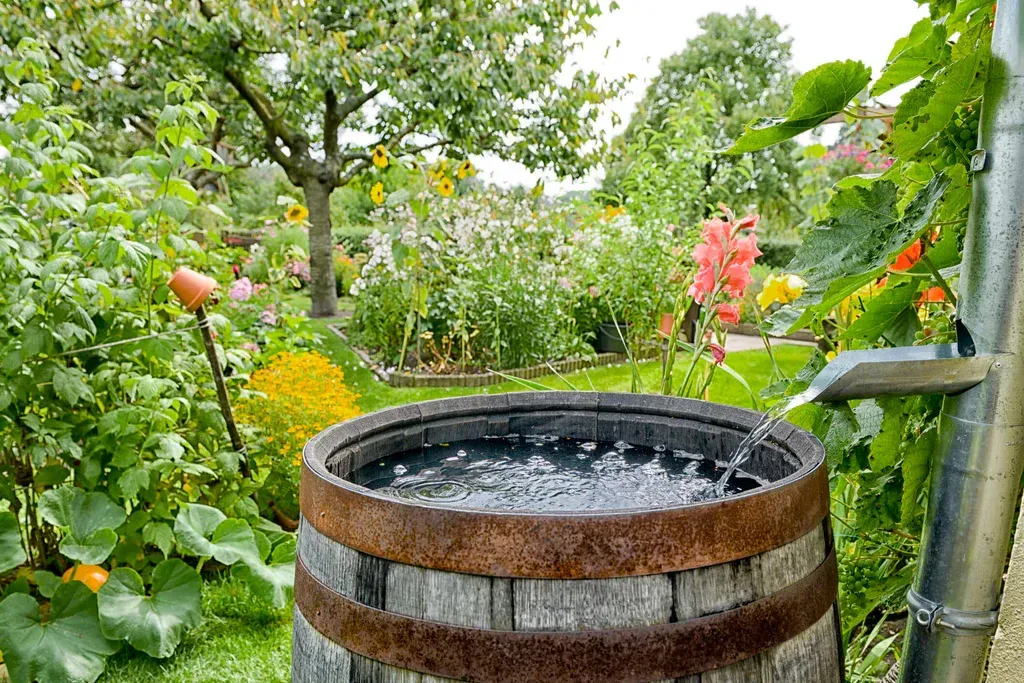
In Texas, where droughts and water restrictions are common, efficient irrigation is essential to keeping landscapes healthy without overusing precious water resources. One solution is rainwater harvesting, a sustainable method of capturing and storing rainwater to use during dry periods.
Why Irrigation Matters
Proper irrigation is vital to maintaining healthy landscapes. However, Texas water restrictions make traditional watering methods challenging. Rainwater harvesting provides an alternative by collecting natural rainfall that can be reused in gardens and landscapes. This method not only conserves water but also helps homeowners navigate restrictions without sacrificing the beauty of their outdoor spaces.
Setting Up a Rainwater Harvesting System
- Select the Right Collection System: Rain barrels are a popular and affordable option for small gardens, while underground cisterns work well for larger properties.
- Install Gutters and Downspouts: Make sure your roof is equipped with gutters and downspouts that funnel water into your storage system.
- Add Filtration and Pumps: To ensure the water remains clean and easy to distribute, install filters and a pump for optimal water flow.
- Integrate with Drip Irrigation: Using drip irrigation with your rainwater collection will maximize water efficiency by delivering it directly to plant roots.
Maintenance Tips
- Regular Cleaning: Keep gutters and barrels clean to prevent clogging and ensure water quality.
- Inspect After Heavy Rain: Check for leaks and ensure your system is working properly after storms.
- Prepare for Dry Seasons: Be proactive by storing water during the rainy season for use during droughts.
By setting up a rainwater harvesting system, you can save water, reduce utility costs, and ensure your garden thrives despite water restrictions.
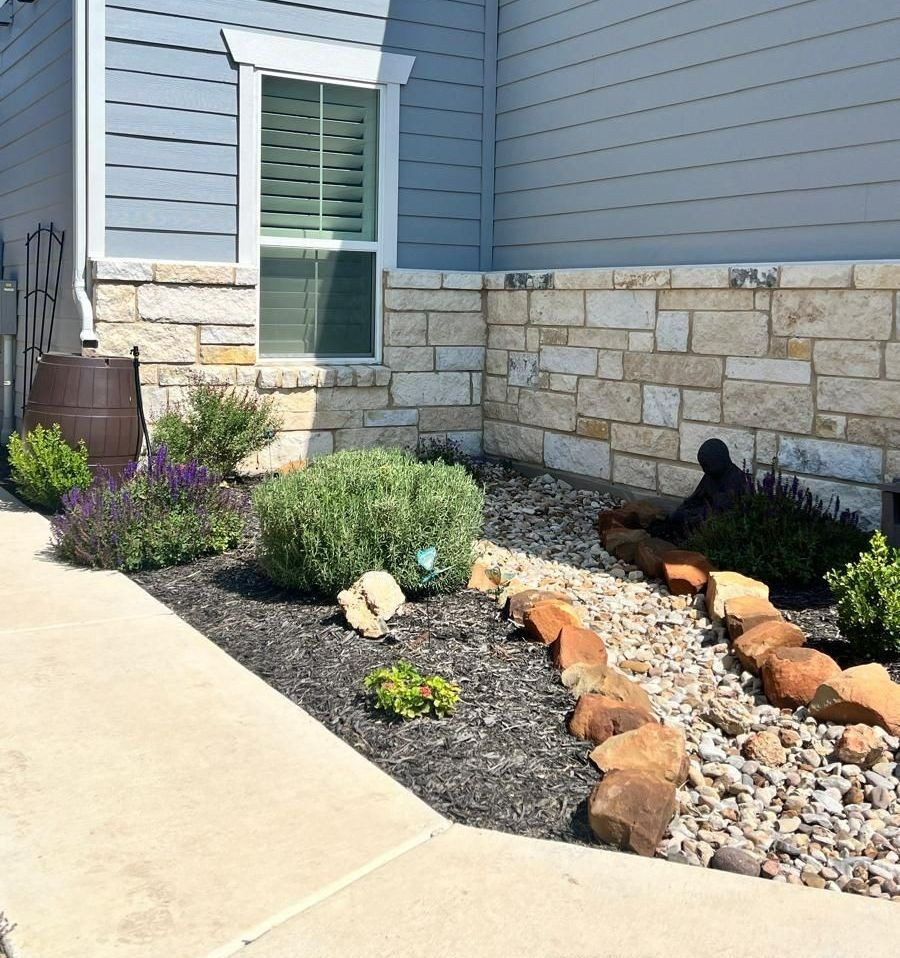
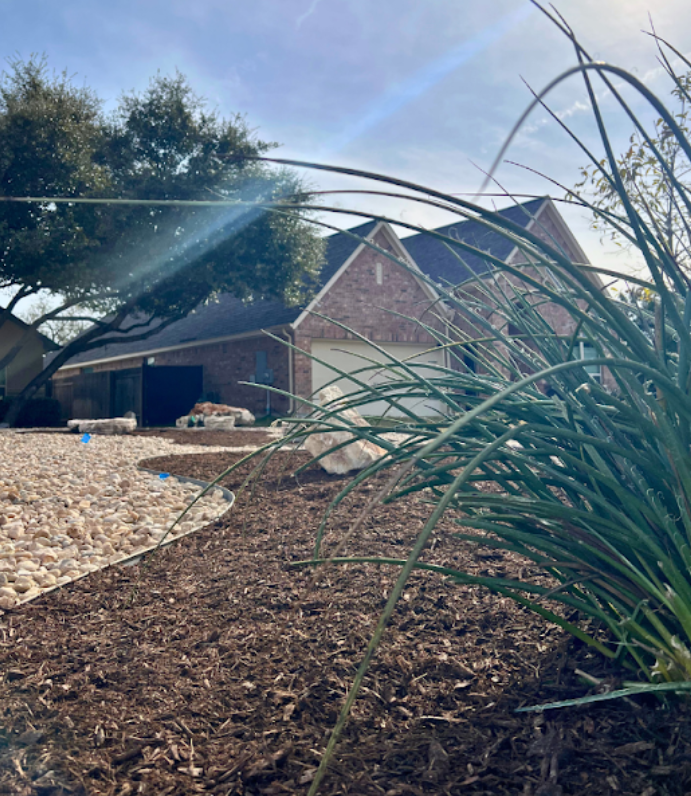
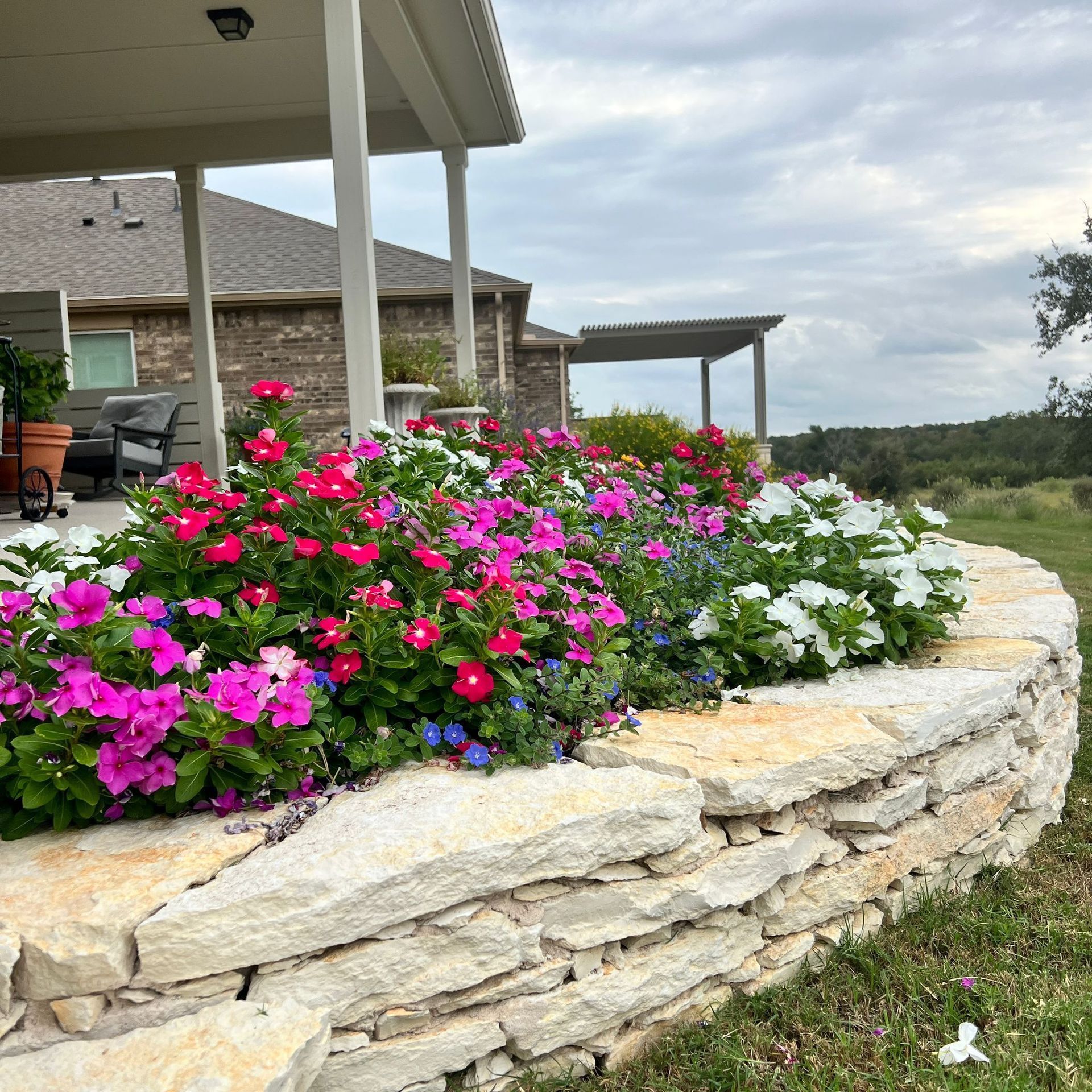
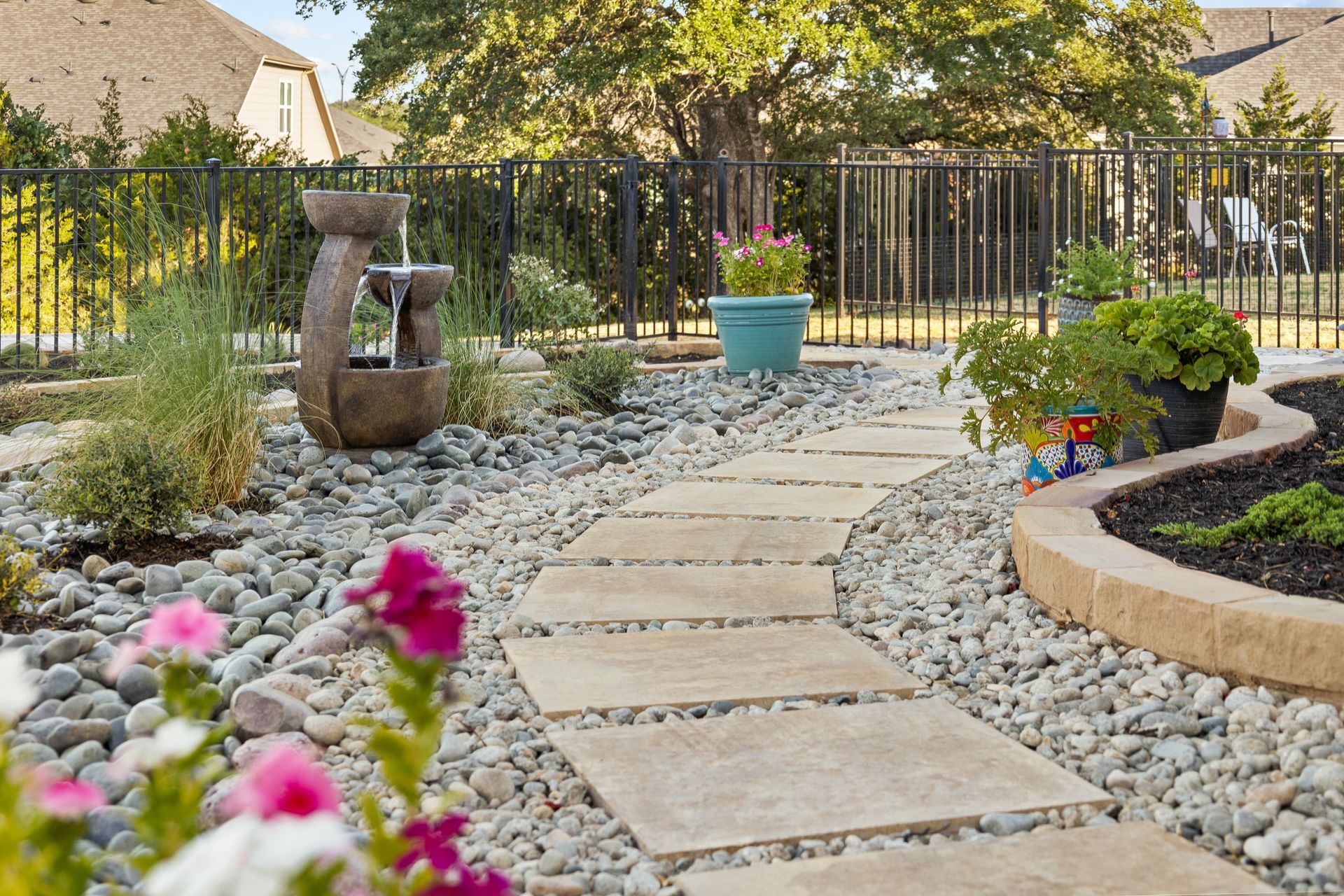



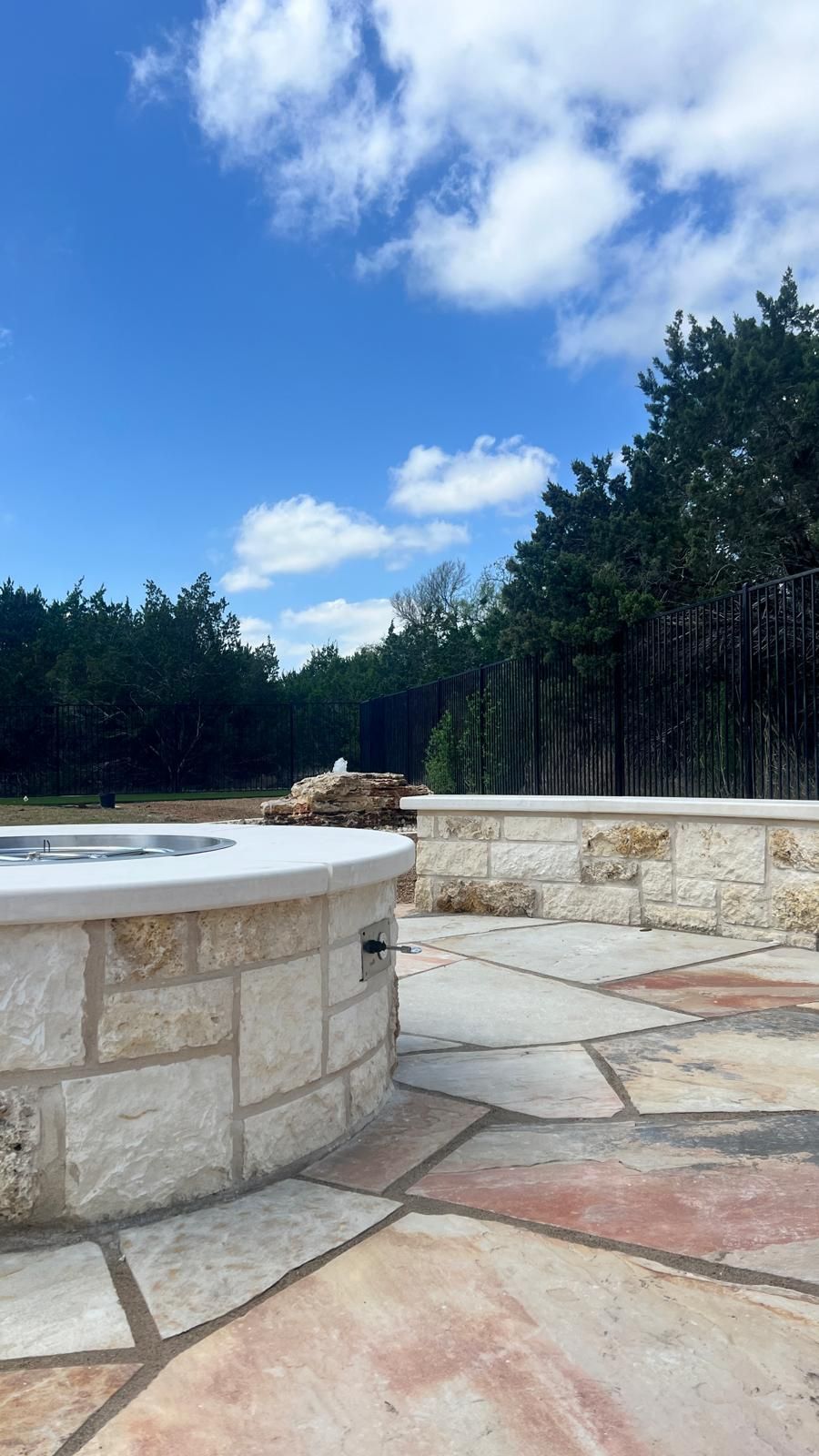

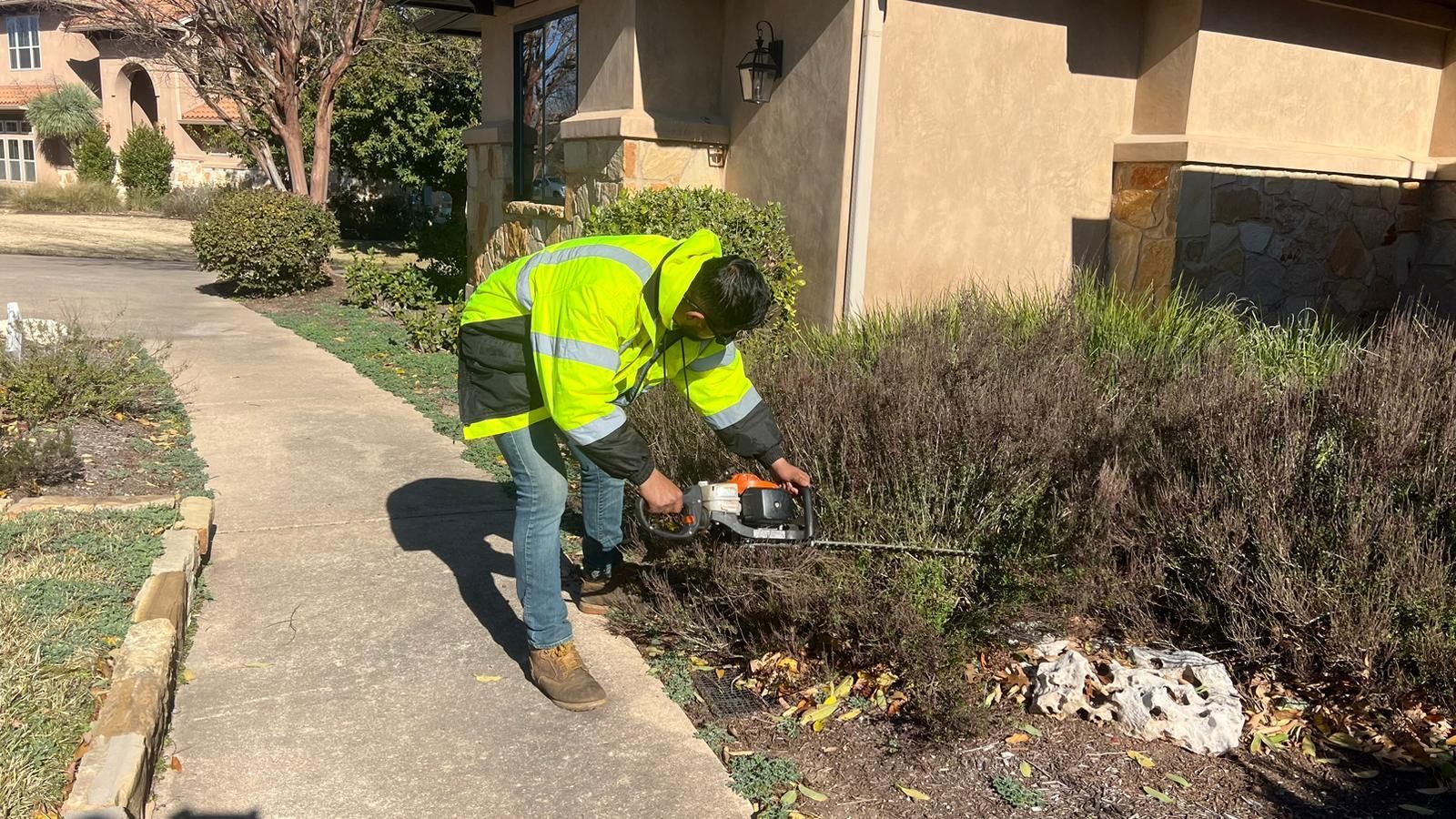


Share On: